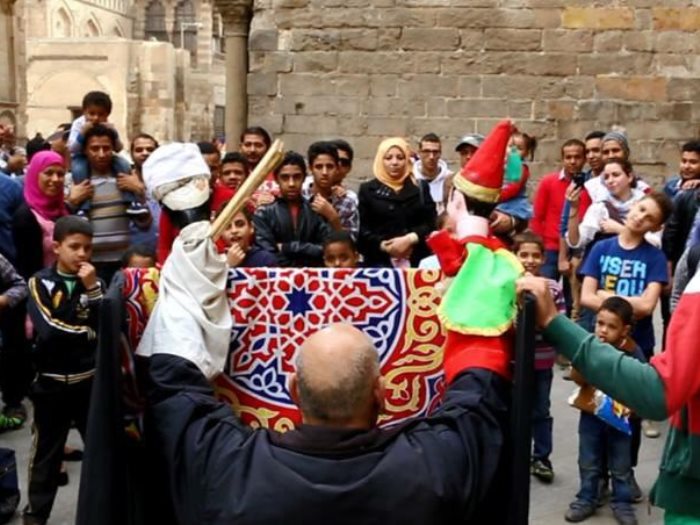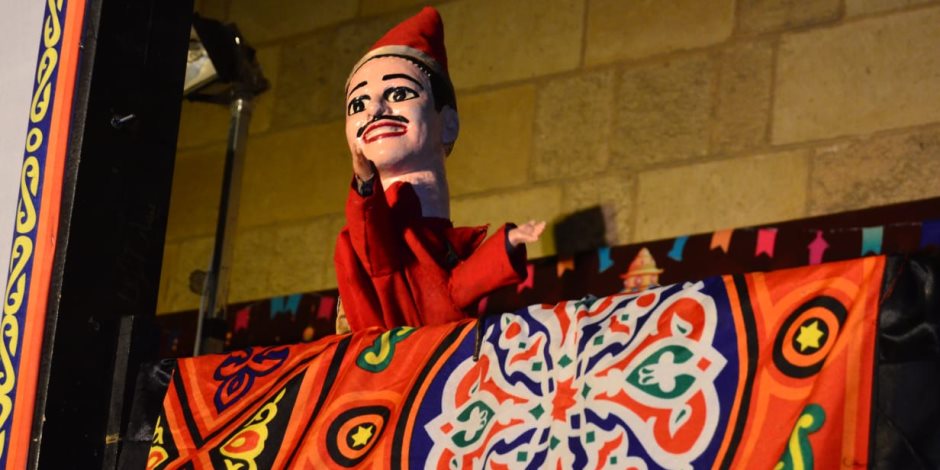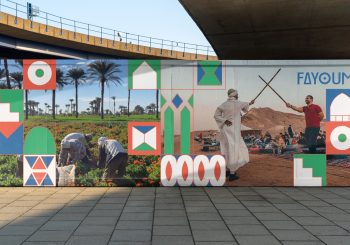Growing up in Egypt, most of us enjoyed the ‘aragouz’ (puppet) show during friends’ birthdays that we got invited to. For many of us, it was the best part of the birthday. A small portable stage would be set up, and the crowd would burst into laughter as soon as the puppeteer began narrating the story through his distinctive voice and colourful puppet.
Switching between high-pitched and low, gravelly voices, the puppeteer would be behind his stage, hiding from the children who would be playfully sneaking over, and trying to unravel his real identity.

Like many traditional art forms, one theory regarding the practice’s origins is ancient Egypt. According to the World Encyclopedia of Puppetry Arts, ancient Egyptians, namely certain ruling figures, retained various statuettes and ushabtis in their tombs. However, some figurines, and even automatons were noted among personal belongings, such as the Middle Kingdom ‘proto-automaton’ at the Metropolitan Museum in New York. Although it is unclear whether these statuettes had been used for entertainment purposes, the history of such objects shows a clear fascination with the modelling of the human body.

of Art
Moreover, the origin of the popular word ‘aragouz’ is also debatable. Some say it dates back to the Ottoman shadow theatre form known as ‘Karagoz’.
Modern puppetry, as we see it today, first appeared in Egypt in the 1950s, utilising Egyptian culture and societal issues in its topics and characters. In 1957, the Egyptian government established the first glove puppet group, and two years later, one of the most popular children’s stories Al Shater Hasan premiered at Cairo Puppet Theatre.
The puppets’ heads were traditionally made of wood, and the rest, the dress and the tartur (pointed hat), were from fabric. It is believed that puppeteers used to put a piece of copper in their mouths to achieve the aragouz’s distinctive voice, due to its impracticality and the health issues it caused, they began replacing it with a piece of stainless steel.
Many aragouz fans as well as arts and culture enthusiasts have strived to keep this art alive. In 2003, Nabil Bahgat established Wamda Band which currently performs puppet shows at Bayt Al-Suhaymi, a house in old Cairo built in 1648. Bahgat also fought against the extinction of Egyptian puppetry until it was added to UNESCO’s Intangible Cultural Heritage List in 2018. In 2004, Mohamed El-Sawy founded El-Sakia Puppet Theatre to keep the old entertainment form alive.

Photo via Daily News Egypt
Written by the legendary Egyptian poet Salah Jahin and composed by the celebrated Egyptian singer and composer Sayed Mekkawy, ‘El Leila El Kebira’ was one of the most popular puppet operettas in Egypt. It depicts a night at the ‘moulid’ (celebration of Prophet Mohammed’s birthday) in a generic and typical small Egyptian village.
Puppets have also repeatedly appeared on Egyptian television through the iconic children’s show Bougy w Tamtam that played from the 1980s to 2009, and the famed satirical Egyptian show Abla Fahita.
Subscribe to the Egyptian Streets’ weekly newsletter! Catch up on the latest news, arts & culture headlines, exclusive features and more stories that matter, delivered straight to your inbox by clicking here.






Comments (10)
[…] The History Behind the Egyptian Aragouz […]
[…] المصدر by [author_name] كما تَجْدَرُ الأشارة بأن الموضوع الأصلي قد […]